There are few things more relaxing than lying on the beach and soaking up the sun. But far too often, those beach days result in painful sunburns. Sunburns not only cause skin irritation and unsightly peeling, but also lead to premature skin aging. Even more alarmingly, they increase your risk for skin cancer — according to the Skin Cancer Foundation, a history of “five or more sunburns more than doubles your risk of developing potentially deadly melanoma.” But burns can be avoided if you know how to protect your skin — and learning to properly apply sunscreen is the first step.
Sunscreen is a handy tool not just for the beach, but for any time you spend outside — even a short walk on a cloudy day. Using sunscreen with an adequate SPF (short for “sun protection factor”) can help protect against damaging ultraviolet rays — but only if you use it correctly. Here are some tips to help you apply sunscreen so you never get a sunburn again.
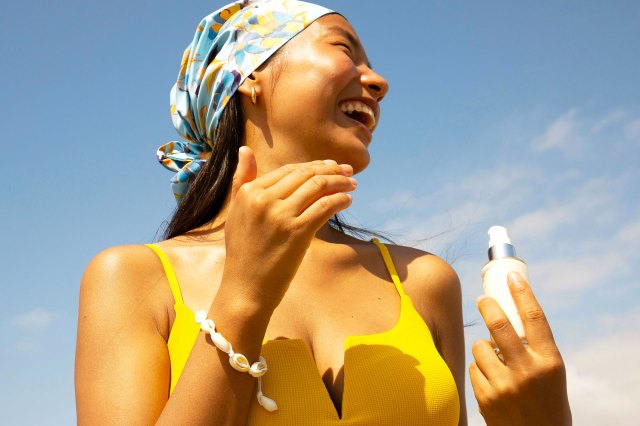
The Best Type of Sunscreen
Not all sunscreens are created equal — and we’re not just talking about SPF values. With a seemingly endless array of options at the store, how do you choose the product that’s right for you? There are many things to take into account when choosing a sunscreen — for example, fairer skin tones may require stronger SPFs — but there are certain baseline recommendations for everyone. According to the American Academy of Dermatology (AAD), it’s important to use a sunscreen that’s water-resistant, offers broad-spectrum protection for both UVA and UVB rays, and has an SPF of 30 or higher. No sunscreen filters out 100% of UVB rays, but an SPF of 30 filters out 97%. Together, these factors can help prevent burns.
It’s worth considering the different formulas as well: Creams, especially those with added moisturizer, are great for dry skin and can also be used on the face, while sunscreen sticks are useful for treating sensitive areas such as around the eyes, and gels are great for oily skin or places where you have a lot of hair. Then there’s spray sunscreen, which is generally the least effective, since it can be hard to tell how much is enough. If you need to use spray on yourself or a child, the AAD recommends you coat the body until it’s glistening to ensure the strongest protection possible.
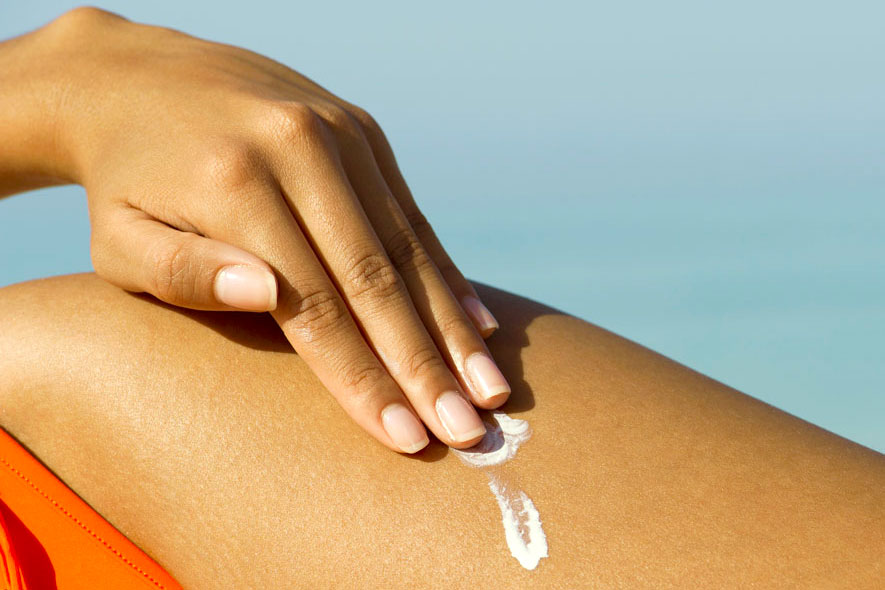
How Much Sunscreen To Use
With gel or cream formulas, the AAD recommends using roughly 1 ounce of sunscreen for proper protection. To visualize this, imagine a shot glass full of sunscreen — that’s the amount you should be using each time to cover any exposed skin. Be sure to allocate a nickel-sized dollop for the face alone.
Another popular method for approximating the right amount of sunscreen is the “two-finger rule.” This helpful application method involves squeezing sunscreen along the entire length of your index and middle fingers and then applying that amount to different sections of your body (for example, two fingers’ worth to your face and neck, two fingers’ worth to each arm, and so on).
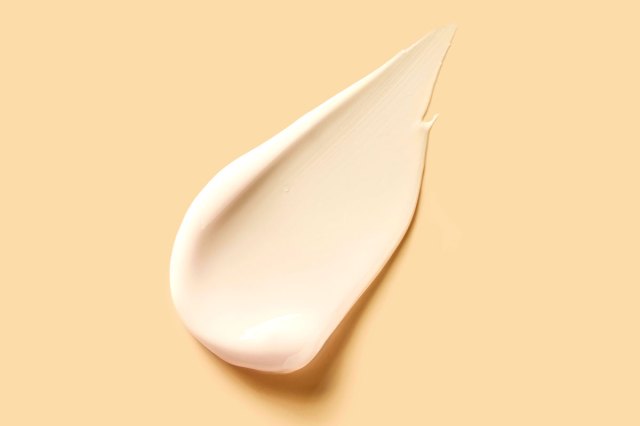
The Best Time To Apply Sunscreen
Sun protection starts even before you step outside — 15 minutes before, to be precise. According to the AAD, it takes about that long for your skin to absorb sunscreen, so don’t wait until you’re in the sun to apply. It’s best to cover your body 15 to 20 minutes before going outdoors, so you have time to absorb the product and for it to work properly.
If you’re going to be outdoors for an extended period of time, take your sunscreen with you so you can reapply it as needed. The AAD recommends reapplying at least every two hours — more often if you’re sweating profusely. You also should reapply after swimming, as water can wash away sunscreen’s protective properties.
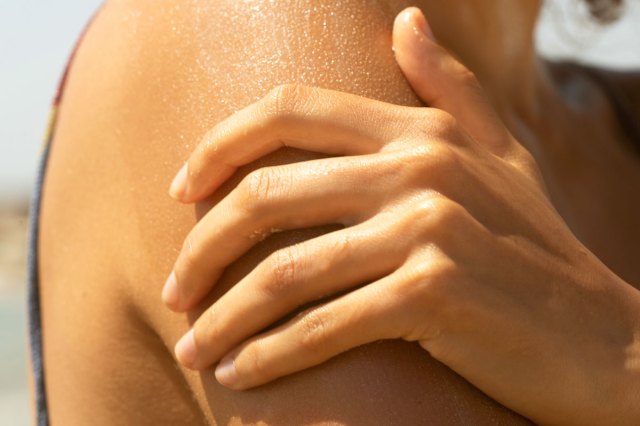
Other Tips
In addition to the guidelines listed above, here are some other tips to help protect against sunburns:
-Avoid using sunscreen if it’s past its expiration date.
-Apply sunscreen to the part in your hair, or all over your scalp if you have thinning hair or you’re bald.
-Don’t forget your lips! Use a lip balm with an SPF of at least 30.
-An SPF above 50 is unnecessary, and offers only marginally better protection than SPFs between 30 and 50.
-Seek shade during peak sunlight hours between 10 a.m. and 2 p.m.
-Ask a friend to apply sunscreen to your back and other hard-to-reach places.
-Wear a wide-brimmed hat and sunglasses for added protection.
-Don’t be fooled by overcast weather — you can still get sunburns on cloudy days.
This article is for general informational purposes only.
Affiliate Disclaimer Medical Disclaimer



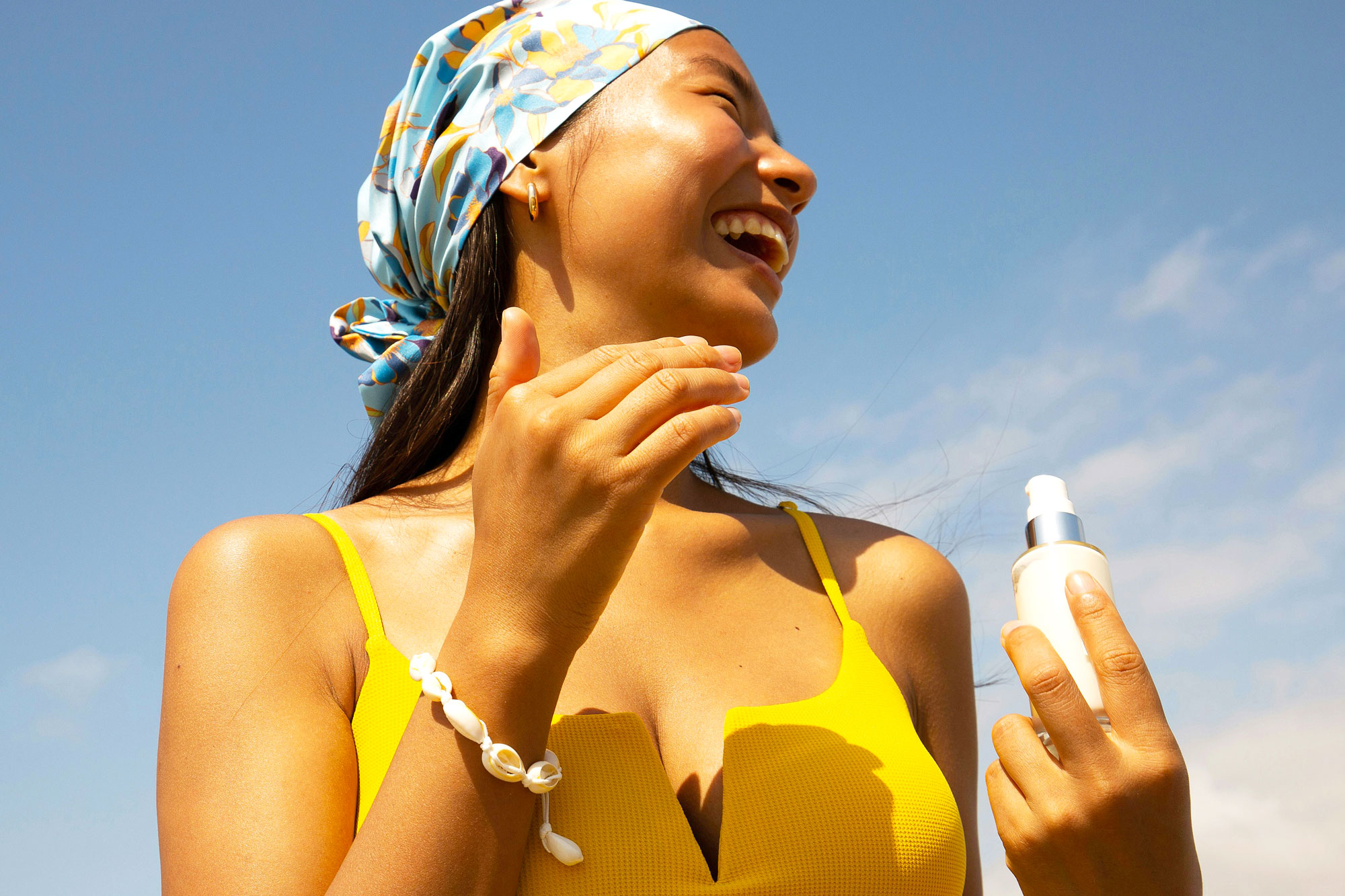

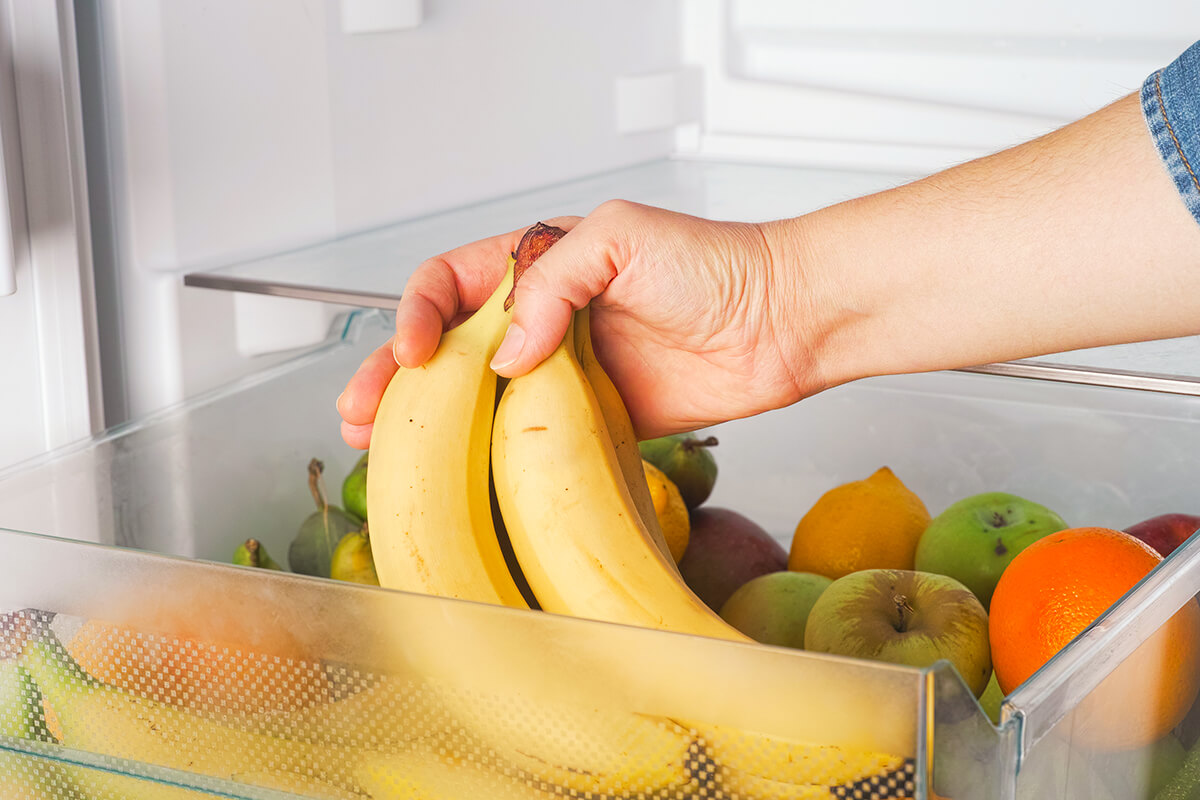
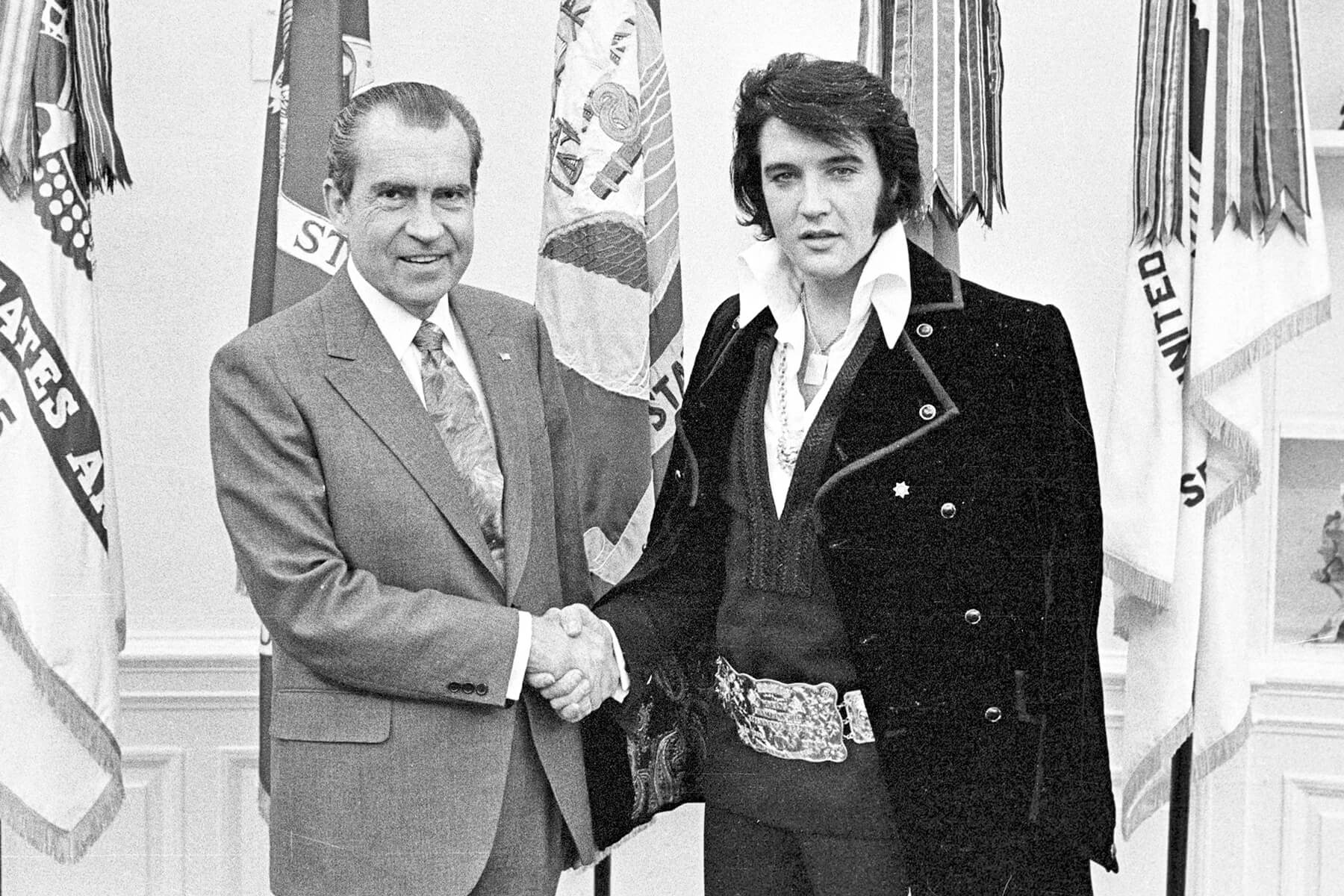
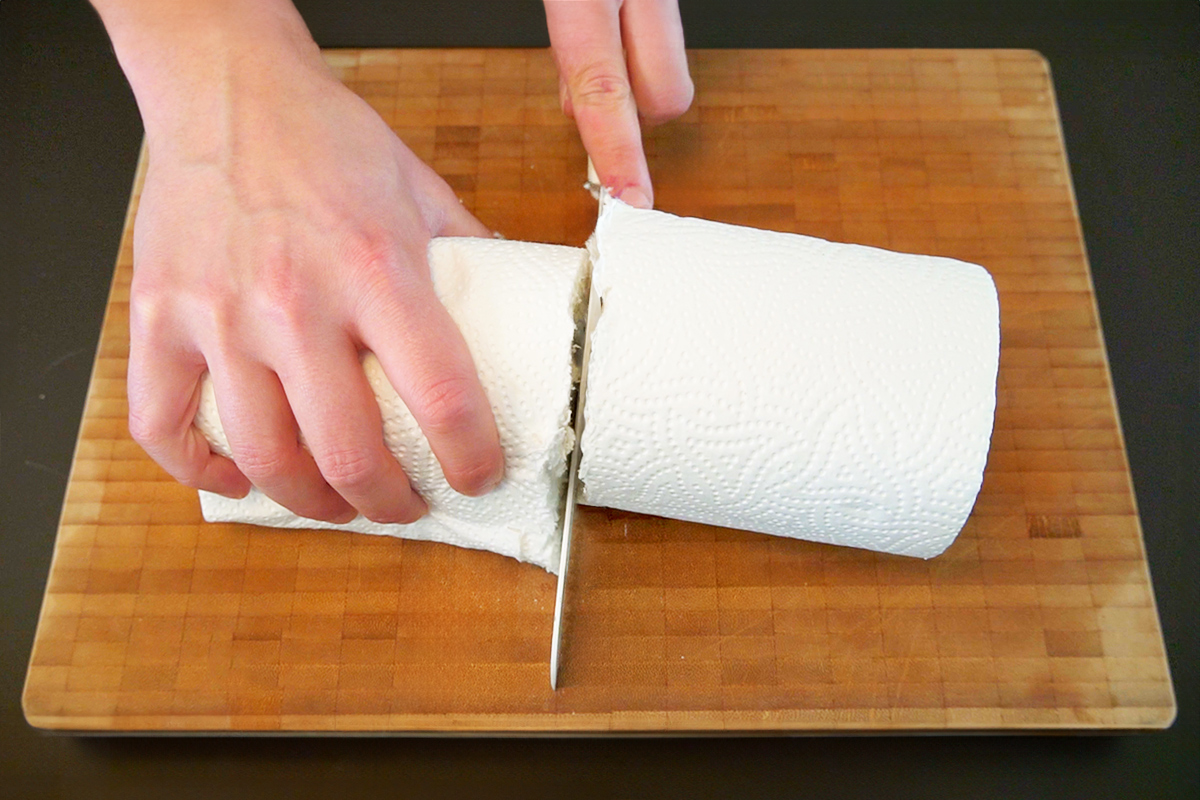

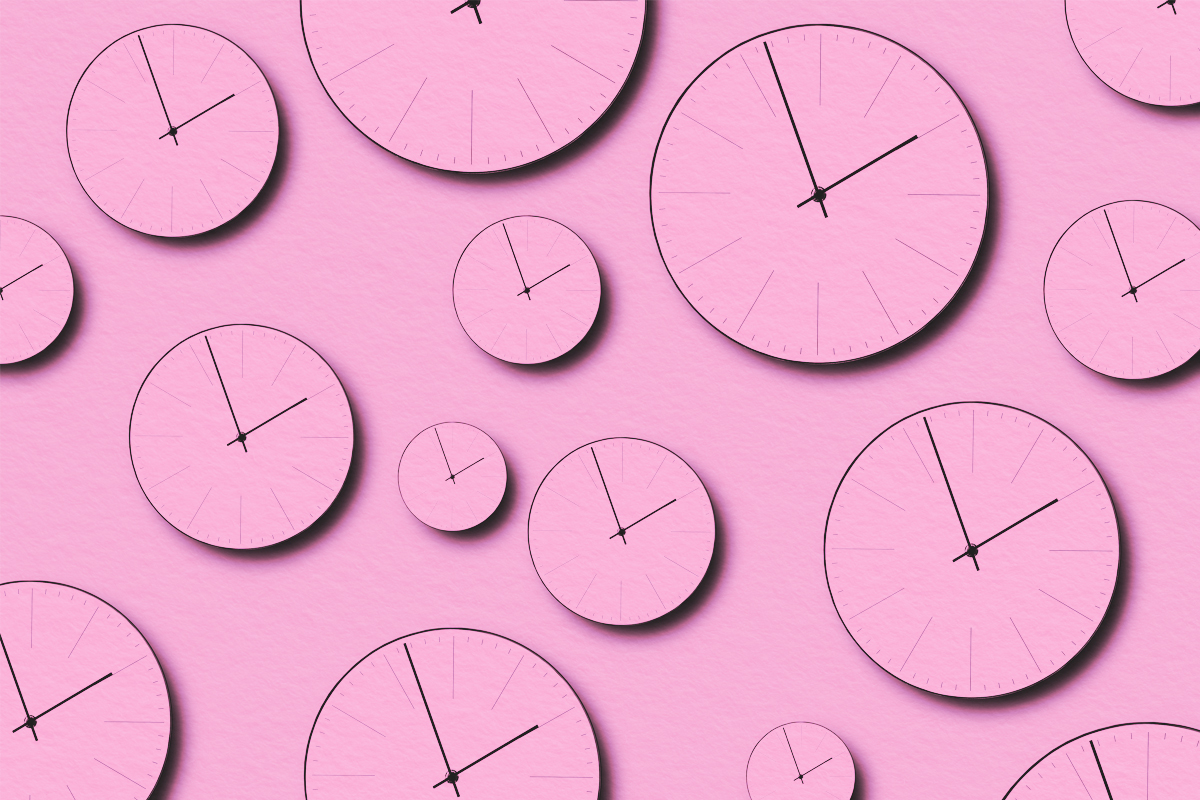
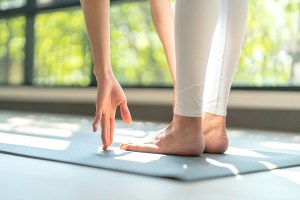
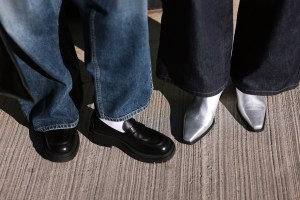


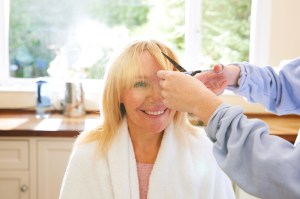

 Unique Beauty is free for all users.
Unique Beauty is free for all users.